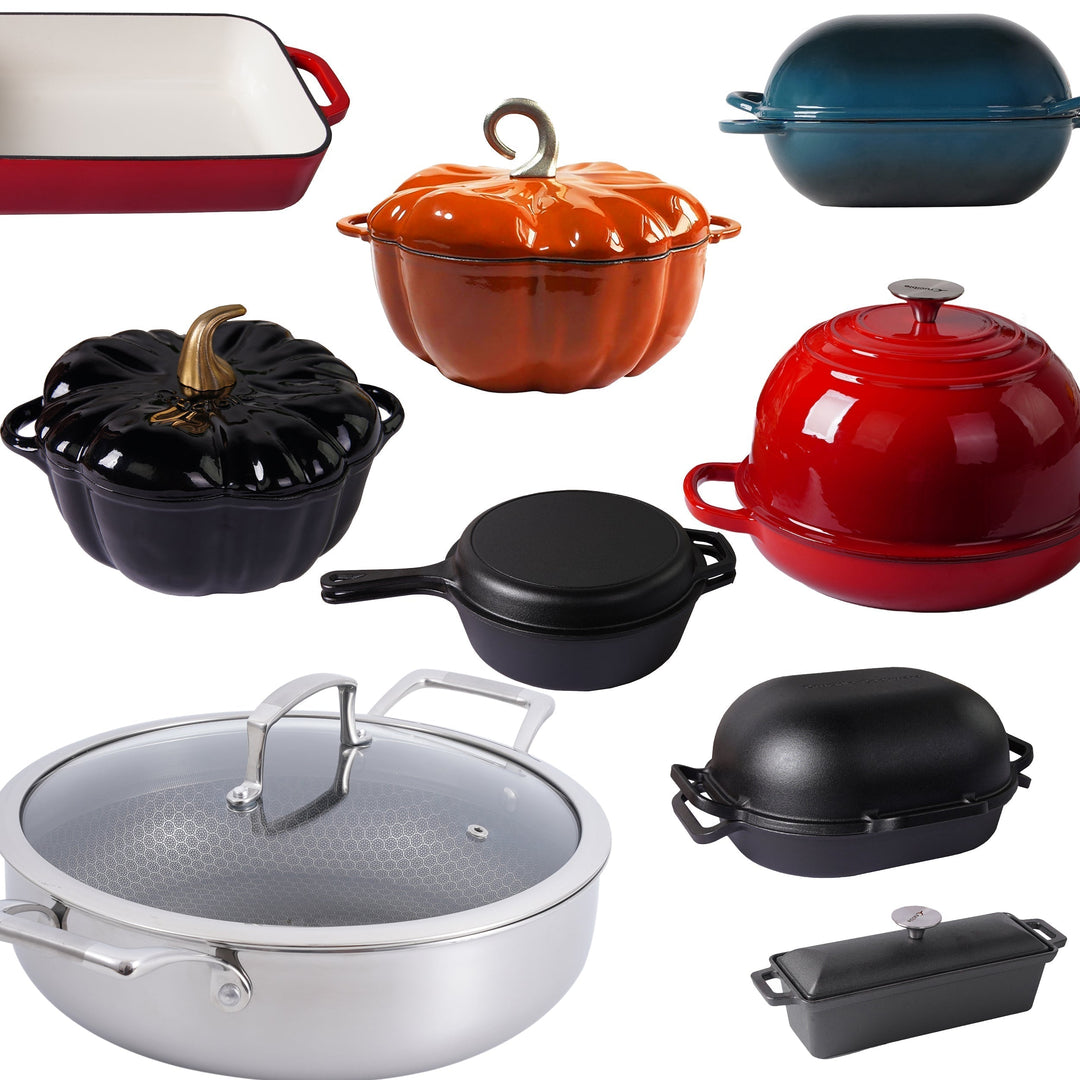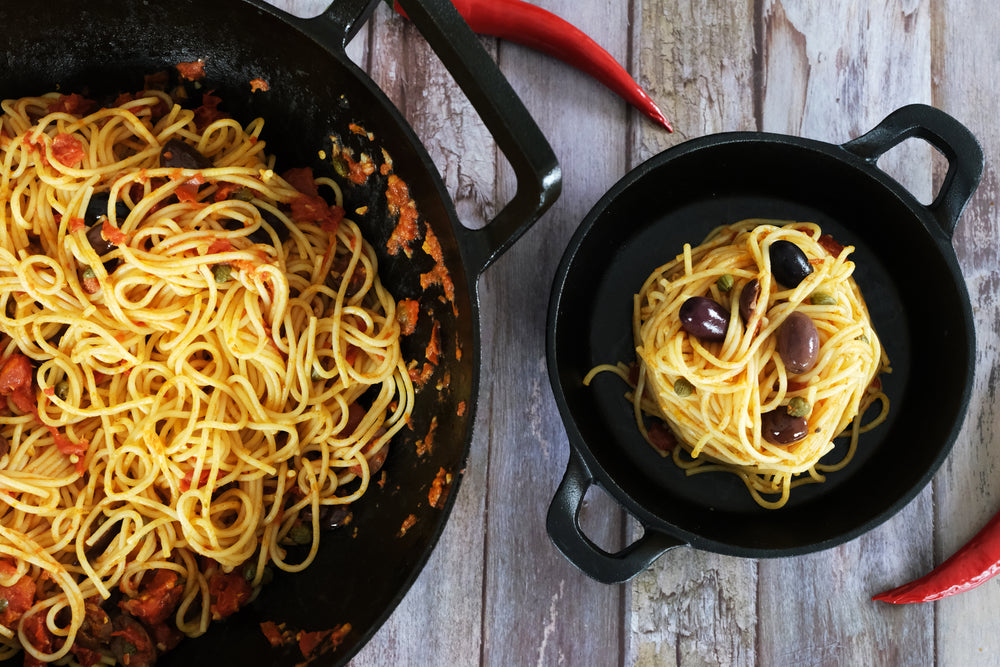Discovering Wienerschnitzel: A Guide to the Classic Austrian Dish

Wienerschnitzel, also known as Wiener schnitzel, is a classic Austrian dish that has become popular all over the world. It consists of a thin, breaded and pan-fried cutlet of veal, traditionally served with potatoes and lingonberry jam.
The origins of wienerschnitzel can be traced back to the 19th century, when Austrian cuisine was heavily influenced by the French. The dish is thought to have been inspired by the French escalope, which is a thin slice of meat that is breaded and fried. Wienerschnitzel quickly became a popular dish in Vienna and spread throughout Austria and other parts of Europe. Today, it is considered a staple of Austrian cuisine and can be found on menus all over the world.

Traditionally, wienerschnitzel is made with veal, which is a young calf that has not yet been weaned. However, due to ethical concerns surrounding the treatment of calves in the veal industry, some restaurants now offer a version made with pork or chicken.
To make wienerschnitzel, the meat is pounded thin, breaded with a mixture of flour, eggs, and breadcrumbs, and then pan-fried until crispy and golden brown. It is important to use a heavy skillet or cast-iron pan to ensure even cooking and a crispy crust. The key to a perfect schnitzel is to not overcrowd the pan, and to cook it on medium-high heat to avoid burning the breadcrumbs.

The best cookware for preparing wienerschnitzel would be a large frying pan or skillet with high sides to prevent oil splatters. When it comes to the material of the cookware, it is best to use a carbon steel frying pan or a cast iron skillet as they can handle high heat without warping. A non-stick pan is not recommended because it cannot handle high temperatures and may release harmful chemicals when heated.

What to serve with Wiener schnitzel
Wienerschnitzel is a classic dish that is traditionally served with simple and hearty accompaniments. In addition to the lingonberry jam and potatoes, there are a few other sides and condiments that pair well with this delicious cutlet.
- Spaetzle: This is a traditional German egg noodle that is often served with schnitzel. The buttery, slightly chewy noodles complement the crisp texture of the schnitzel.
- Red Cabbage: Also known as Rotkohl, this sweet and sour side dish is made with shredded red cabbage, apples, vinegar, sugar, and spices. Its tangy flavor balances out the richness of the meat.
- Green Salad: A simple green salad with a vinaigrette dressing can add some freshness and crunch to the meal. Arugula, radicchio, or mixed greens work well.
- Cucumber Salad: A refreshing and light side dish, this salad is made with sliced cucumbers, onions, dill, and a vinegar dressing.
- Lemon Wedges: Squeezing fresh lemon juice over the schnitzel just before serving can add a bright and tangy flavor that cuts through the richness of the meat.
- Mustard: German-style mustard, such as Dijon or whole-grain mustard, is a classic condiment that is often served with schnitzel. Its tangy flavor pairs well with the meat.
- Beer: A cold beer is the perfect beverage to accompany a schnitzel. A German lager or pilsner is a classic choice, but any light, crisp beer will do.

In addition to these traditional accompaniments, some restaurants and home cooks like to experiment with different flavors and side dishes. For example, some people serve schnitzel with a side of roasted root vegetables, sautéed mushrooms, or a creamy mushroom sauce. Others like to add a spicy kick with a side of hot mustard or horseradish. And for those who want to keep things simple, a side of ketchup or mayonnaise can also work well.
In conclusion, Wienerschnitzel is a classic dish that has stood the test of time. Although it originated in Austria, it has become a beloved dish all over the world. Whether you prefer it made with veal, pork, or chicken, it is sure to satisfy your cravings for a crispy, savory meal. With the right cookware and a few simple tips, anyone can make a delicious wienerschnitzel at home.















Leave a comment